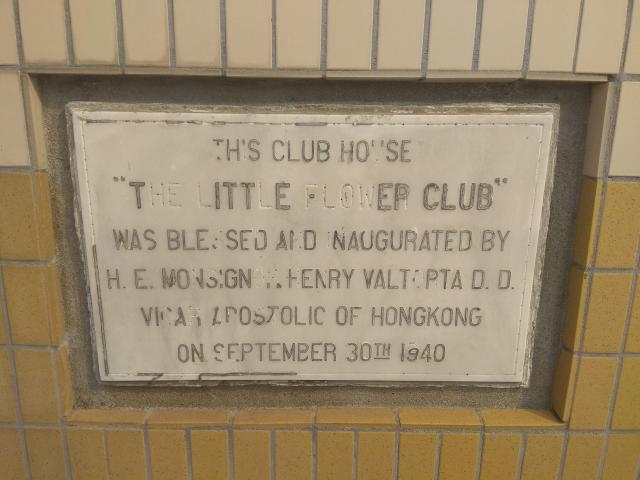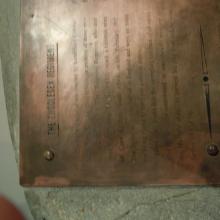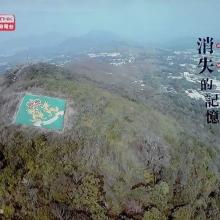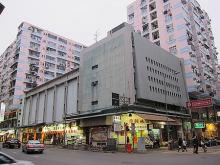This is embedded into the side wall at the YMCA's King's Park Centenary Centre.
The Little Flower Club
Primary tabs

Submitted by philk
Gallery:
Connections:
- The Little Flower Club shows Place The Little Flower Club [1940-????]
- The Little Flower Club shows Person Enrico Pascal VALTORTA [1883-1951]




Comments
The Little Flower Club
I'm assuming the K.P.C.C was built on the location of this place. Can anyone confirm?
Phil
Little Flower Club
Yes, the KPCC was the former location of the Little Flower Club. Fell into disuse, I assume through lack of funds and dwindling membership.
Little Flower Club
any idea what sort of club was, Moddsey? The name is a bit odd.
Portuguese Ladies Club
It was mainly a Portuguese ladies club. Seems to have formed in the late 1920s. Some information here
The single-storey club house with garden was up a slope that overlooked the Club de Recreio. Access to it was by way of a steep flight of steps from Gascoigne Road.
The operning of the 'new' club house can be read here . Scroll to Page 5.
The Little Flower Club - St Therese of Lisieux
In this context, given the man blessing and inaugurating was the Catholic bishop, this will be a club dedicated to St Thérèse of Lisieux. She was a Carmelite nun who had died of TB aged 24 at the end of the 19th century and was held as a model of deep spirituality. The cause of her canonisation (being declared a saint) was taken up by many catholics world wide at the beginning of the 20th century - she was so declared in 1925. The tombstone of Mary, the first wife of Assistant Superintendent Tim Murphy (HKP), who also died in her 20s (in 1926) of TB has the inscription "An ardent follower of the Little Flower". A club like this would be dedicated to doing many small works of charity - confirmed by the article posted above.
And did you notice that the same page of the newspaper has a mention of Claire Hollingsworth - surely one of FCC's most famous war correspondents - being 'visited by the Roumanian police and asked to leave'.
The Little Flower Club
Interesting history, many thanks to you both.
The Little Flower Club building
I remembered when YMCA took over the site, they seemed to gutted the original club building (didn't demolish it) and refinish the exterior with coloured tile, while constructing large new buildings in other parts of the site.
The current climbing wall has already been rebuild recently when the vertical shaft was constructed for building the railway tunnel below. The opening was under the current vehicle entrance.
Arthur